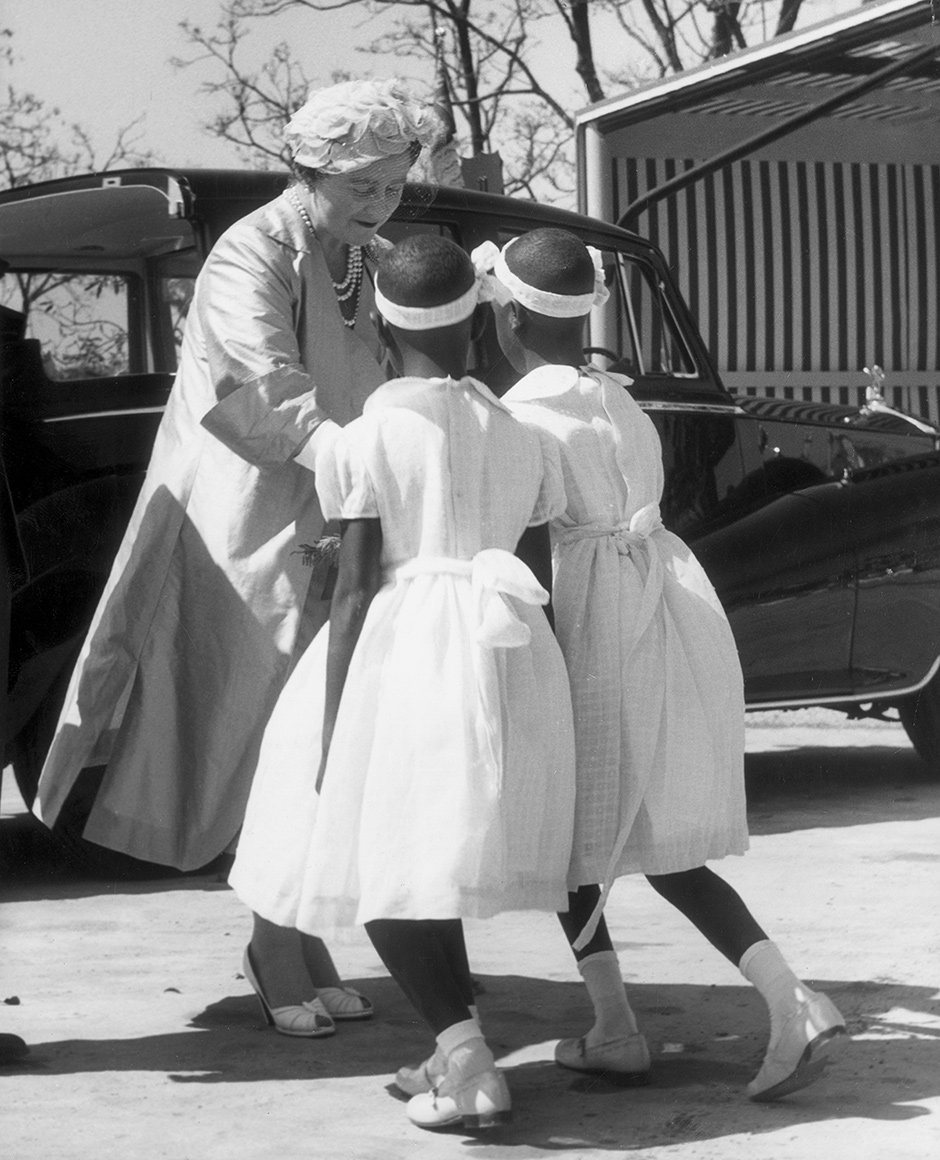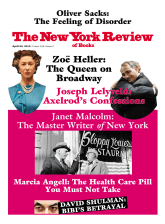In response to:
Colossal Corruption in Africa from the December 4, 2014 issue
To the Editors:
I’m troubled by Helen Epstein’s characterization of white/black relations in Zambia on the eve of independence in 1964 [“Colossal Corruption in Africa,” NYR, December 4, 2014]. My experience as news editor in charge of the startup daily Zambia Times in 1964 was very different in key ways. My purpose is not to defend British rule and racial discrimination—it was real—but Epstein overstates the Zambian/Northern Rhodesian case when she draws an analogy to apartheid South Africa. She writes:
On the eve of independence in 1964, 2 percent of Zambia’s 3.5 million people were white, but they controlled everything in a system resembling apartheid. In the lucrative copper mines, blacks were barred from management jobs, and had separate toilets and changing facilities. In the towns, blacks lived in separate neighborhoods, had separate cinemas, were banned from white areas after 5:00 PM without a pass, were forbidden to ride in the front passenger seat of a car driven by a white woman, and could not enter white shops but had to make purchases through a hatch in the wall.
I arrived in 1963 and covered the breakup of the Federation of Rhodesia and Nyasaland that opened the way to majority rule and independence. I covered the first nonracial election in 1964 that chose the UNIP’s Kenneth Kaunda over the ANC’s Harry Nkumbula to lead the independent country. And I covered the independence celebration with my colleagues: white, black, mixed-race, Zambian, Rhodesian, fugitive South African, Brits, Scots, etc.
I lived and worked in Kitwe, a hub of the Copperbelt. My black/nonwhite colleagues lived anywhere they could afford and they were well paid. When I first arrived, I stayed with a black family in an otherwise white-majority neighborhood. Yes, there were black townships, but those were mine company communities. Other neighborhoods were mixed: white, black, Asian, etc., using the categories of the time.
White schools had opened to nonwhite students. I delivered a black colleague’s sons to the local and formerly all-white high school on opening day. No one was banned from any area at any time. There was no pass law. As for driving, Epstein is wrong. There seemed to be little more than social distance that determined generally who rode where. My white female colleagues and black or mixed-race colleagues rode together in the front seats; there was no issue.
Standard Trading and other stores had abandoned discriminatory retail practices and anyone could walk in, try on clothes, or shop. The same was true of the modern Edinburgh Hotel and its dining rooms as well as the colonial-era Nkana Hotel. Anything else would have been insane in the months before independence under majority rule.
The rest of her review was fascinating and I have my own experience with Lonrho and Tiny Rowland, a central villain in the books under review. He bought and closed our paper. He also bought the competing Northern News from the South African Argus group. I took my generous “golden handshake” rather than work for his merged enterprise. After helping with the transition, I left Zambia.
Ben L. Kaufman
Cincinnati, Ohio
Helen Epstein replies:
I thank Mr. Kaufman for allowing me to make a clarification. I used the term “eve of independence” too loosely, and should have explained that I was referring to conditions prevailing in the 1950s, not the early 1960s. The account of an apartheid-like system in Northern Rhodesia (now Zambia) comes from Andrew Sardanis’s description of Chingola, the mining town where he settled in 1950:
The town had two shopping centers set a couple of miles apart…. Blacks were not allowed inside a shop in the first-class shopping centre. They could buy from there, if they wanted something specific, but they were served from the back yard, through a hatch in the wall. Some years later, a black friend, Robinson Puta, paid for a bed at the hatch and refused to go inside to collect it. He insisted that it be given to him through the hatch…. But that was in the late 1950s. No such cheek in the year I arrived.1
According to Sardanis, Chingola was not unique. “Each town was subdivided into black and white areas separated by huge tracts of no man’s land.” Blacks weren’t allowed to build their own houses, but lived in windowless shacks built by the mining companies, where they weren’t even allowed to grow maize on their tiny house plots. There was no entertainment for them, except beer halls, so heavy drinking was rife. Only in the late 1950s were coloreds (mixed-race people, but not blacks) allowed into the white movie theaters, and they had to sit in special blocks of seats near the front.
Until 1963, there were even separate ministries for Europeans (Ministry of European Education, Ministry of European Agriculture, and Ministry of European Health2), and in the 1950s, “racial discrimination in skilled trades was total.” Blacks were paid less for the same work, had to call white men and women “Bwana” and “Donna,” etc.
But change was on its way. Chingola’s first black secondary school opened in the late 1950s, and an Indian family settled in a European area at around the same time, despite the howls of whites who petitioned the local authorities to keep them out. Goodwin Mumba confirms that laws mandating segregation of train cars, public toilets, hospitals, and shopping centers were on the books until 1963, as was a law forbidding blacks to ride in the front seat of cars driven by whites.3 No doubt enforcement of these laws would have been lax to nonexistent in the last years of the independence movement, so I’m not surprised that Mr. Kaufman had a very different impression of the country when he arrived in 1963, one year before majority rule.
-
1
Africa: Another Side of the Coin: Northern Rhodesia’s Final Years and Zambia’s Statehood (I.B. Tauris, 2003), p. 21. ↩
-
2
Andrew Sardanis, Zambia: The First Fifty Years (I.B. Tauris, 2014), p. 20. ↩
-
3
Goodwin Yoram Mumba, The 1980 Coup: Tribulations of the One-Party State in Zambia (Lusaka: UNZA Press, 2012), p. 8. ↩




